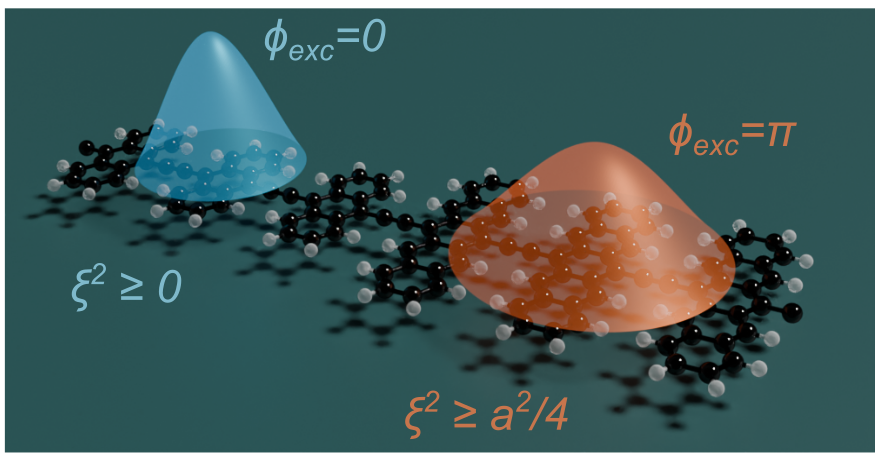Clarendon Laboratory, Department of Physics, University of Oxford, Parks Road, Oxford, OX1 3PU
Professor Bartomeu Monserrat, University of Cambridge
Abstract
When semiconductors absorb light, the excited electron and hole can form a bound state called an exciton. Excitons dominate the optoelectronic response of semiconductors, and they underpin many technologies such as photodetectors, solar cells, and light emitters. In our group, we develop computational tools to model exciton optics, dynamics, and transport in both organic and inorganic (low-dimensional) semiconductors.
In this talk, I will introduce our recent work on topological excitons [1,2]. I will explain how topological excitons can arise from the underlying electron and hole, and how topological excitons exhibit distinct properties compared to their trivial counterparts, highlighting enhanced exciton transport (see Figure).
[1] Nature Communications 16, 4661 (2025)
[2] Nature Communications, in press; arXiv:2410.00967

Figure: Schematic representation of trivial (blue) and topological (orange) excitons in a polyacene chain. The spread x of topological excitons necessarily exceeds the size of the unit cell, leading to enhanced exciton transport compared to their trivial counterparts.
